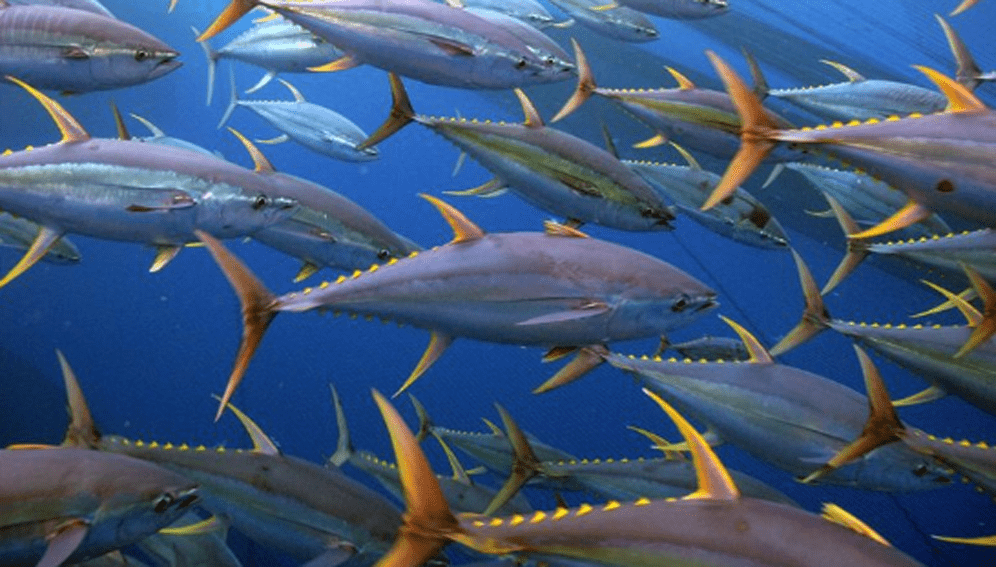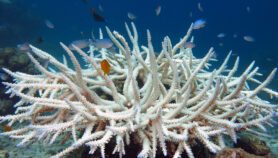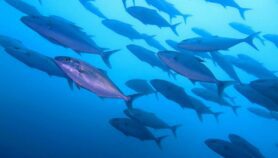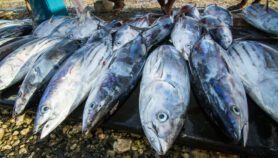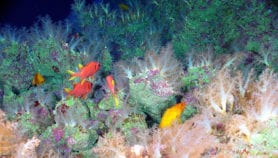By: Delphine Bossy
Send to a friend
The details you provide on this page will not be used to send unsolicited email, and will not be sold to a 3rd party. See privacy policy.
[NOUMEA] Greenhouse gas emissions and poor management may cause Pacific tuna stocks to significantly decline by 2050, the 11th SPC Heads of Fisheries conference of the Pacific Community meeting heard.
Several studies have indicated that global warming caused by greenhouse gases is affecting fish, an important source of protein for half of the world’s population.
“Under a high emissions scenario, ocean warming and acidification are expected to reduce live coral cover by 50 to 75 per cent. Models also indicate that a significant shift in the distribution of all tuna stocks in the Pacific will occur by 2050”
Valerie Allain, Pacific Community
“Under a high emissions scenario, ocean warming and acidification are expected to reduce live coral cover by 50 to 75 per cent. Models also indicate that a significant shift in the distribution of all tuna stocks in the Pacific will occur by 2050,” Valerie Allain, fisheries research scientist at the Pacific Community, Noumea, told the delegates of the meeting held this week (11 to 15 March) in the New Caledonian capital.
Allain said stocks of the yellowfin, bigeye and albacore species are not yet classified as overfished. However, this may change in a business-as-usual scenario, carrying implications for Pacific Island communities whose economies are dependent on industrial tuna fisheries with a number of them getting almost half of total government revenue from licence fees for fishing rights.
Allain is one of the authors of a study on tuna distribution published January in Environmental Science and Technology that suggests a need for better management of tuna stocks in the Pacific.
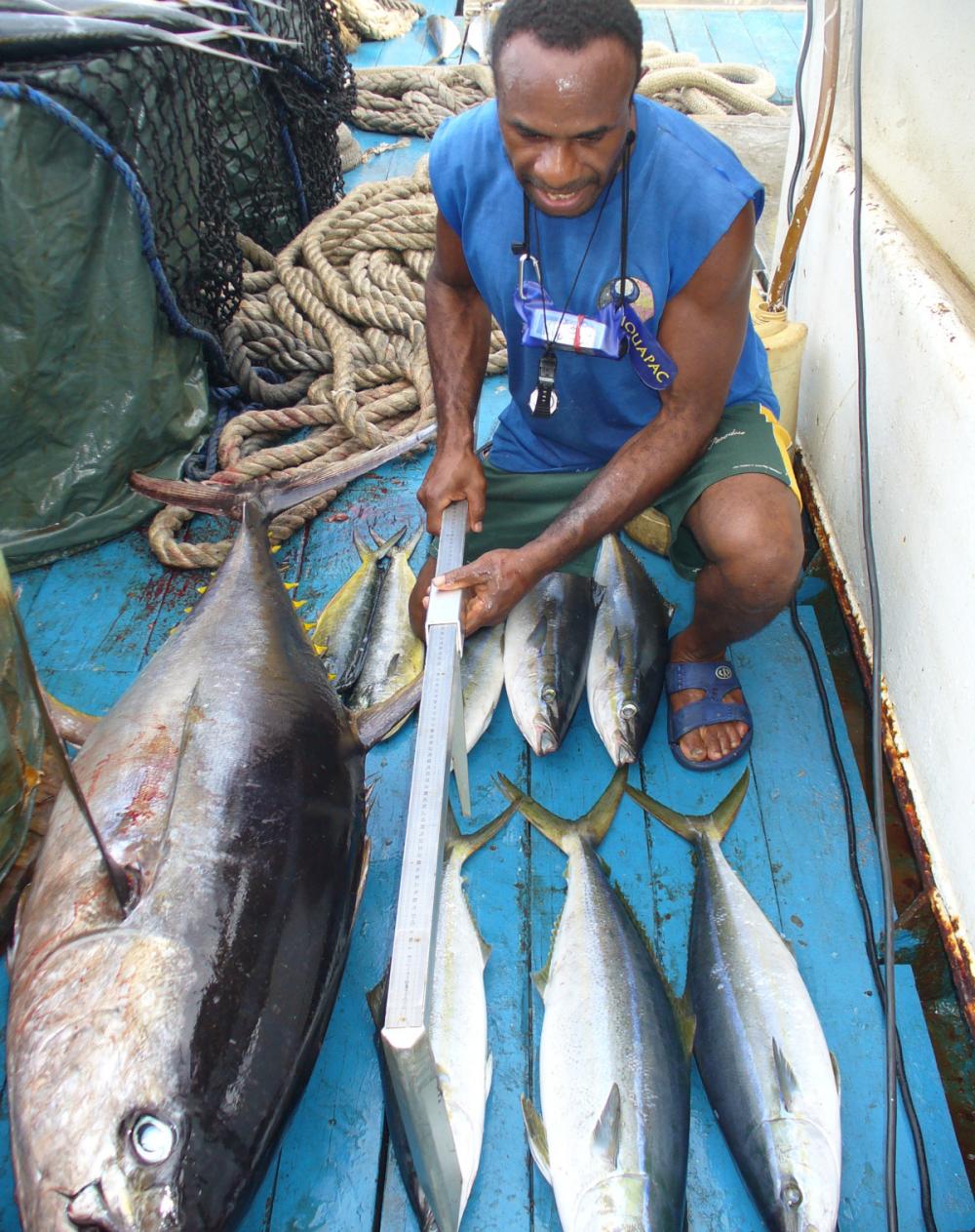
Observer Lawrence Dero onboard PS in Papua New Guinea. Photo credit: S. Fukofuka, Pacific Community.
“We showed that yellowfin, bigeye and albacore from Fiji, New Caledonia region and Tonga accumulate more methylmercury than anywhere else in the western and central Pacific,” Allain tells SciDev.Net. “If tuna were moving extensively across the whole Pacific basin, they would all have the same levels of this toxin in their muscles.”
“Methylmercury, produced from anthropogenic or natural emissions of mercury, is found mostly at a depth of 400 metres in the ocean,” says David Point, co-author of the study and geochemist at the French Institute of Research for Development (IRD).The team found that tuna from southern latitudes accumulate more methylmercury than those found elsewhere. “We think that at these latitudes, tuna are able to dive down to 300 meters and feed on prey that may have higher methylmercury levels,” says Anne Lorrain, marine ecologist at FIRD and study leader.
If further studies confirm this territorial population structure, it might push the Pacific Islands to reconsider present management of tuna stocks.
This piece was produced by SciDev.Net’s Asia & Pacific desk.


